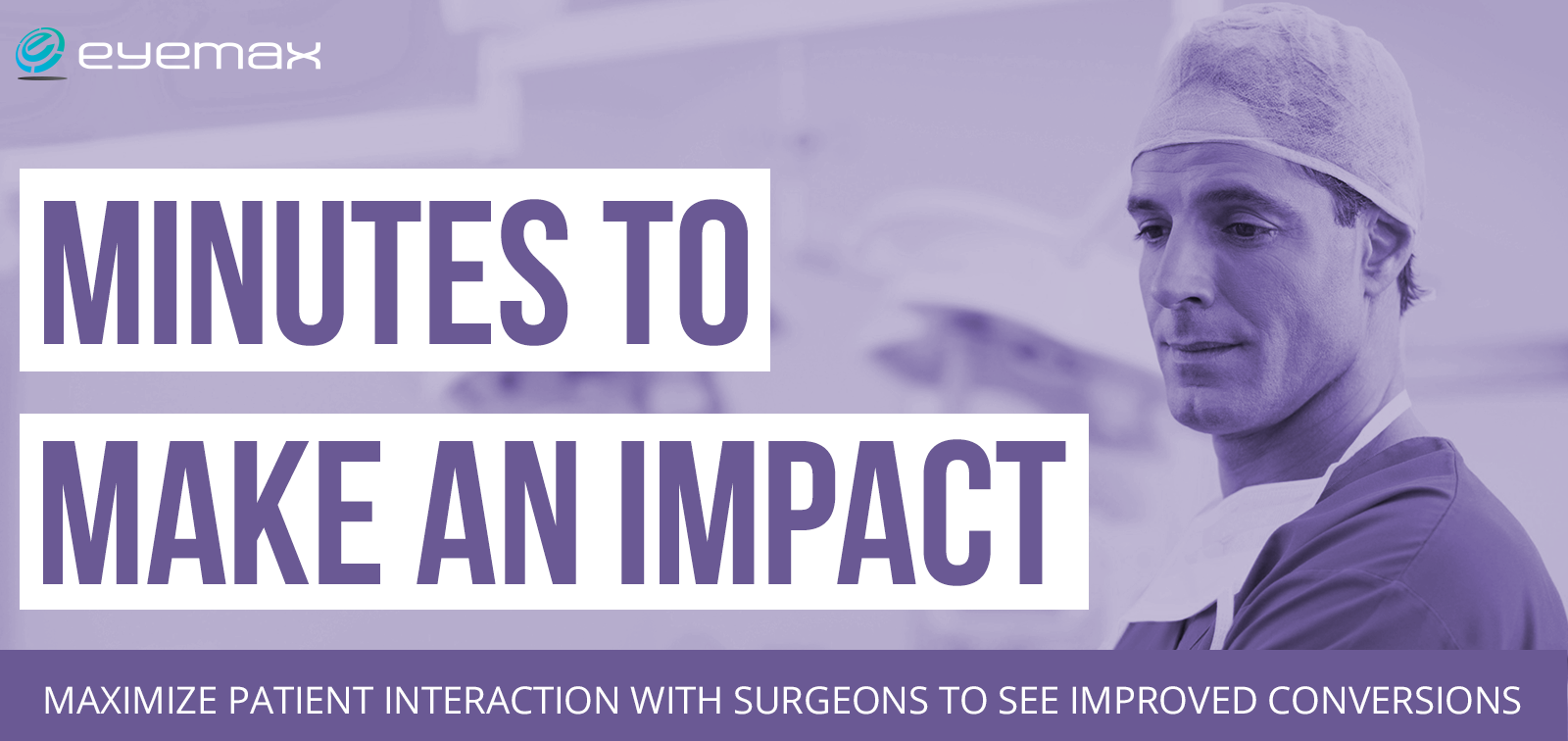
It is easy to observe that graphic design plays a large role in a practice’s marketing efforts. Strong design is pivotal in gaining traction with any campaign, and should not be overlooked. A strong marketing campaign can easily fall flat with poor or confusing design, so it is important to understand how design contributes to your marketing efforts.
Marketing campaigns are about raising awareness of a brand, product, or service. Campaigns are set up to move consumers to purchase. Consumers buy based on the trust they have with a business, and if a business demonstrates poor design it can compromise that trust. Every piece of creative material a practice releases contributes to its overall brand. A strongly designed campaign can alter a practice’s market position, and help them move beyond competitors.
Great design leads to recognition; it increases visibility and stands apart from the rest. A campaign will only get traction if it is unique, inspired and centered to appeal to it’s target market. It is important to align your campaign with its intended audience; and design is the main vehicle to do so. Don’t fall into the idea that campaigns should be designed to resemble what other practices are doing. The most successful design work creates trends rather then following them.
Design plays an important part in messaging. Great design reinforces a central message for a campaign. A message can be portrayed with carefully selected photography or visual representations. Visual representations can play a major part in emotional reaction. Design elements read much faster to instill a message than reading ever will.
Strong design delivers conversions. A strong marketing campaign should never overlook the call to action technique. Call to actions are simple ways to convert strangers to leads, and can work wonders in measuring a practice’s ROI, while collecting useful consumer information.
There are many ways that design contributes to your marketing efforts. The main point a practice should remember is, all marketing efforts should set their business apart and instill trust in a potential patient.







